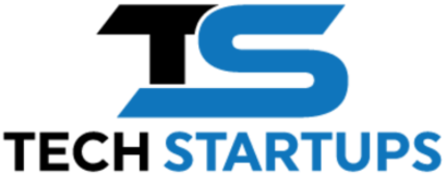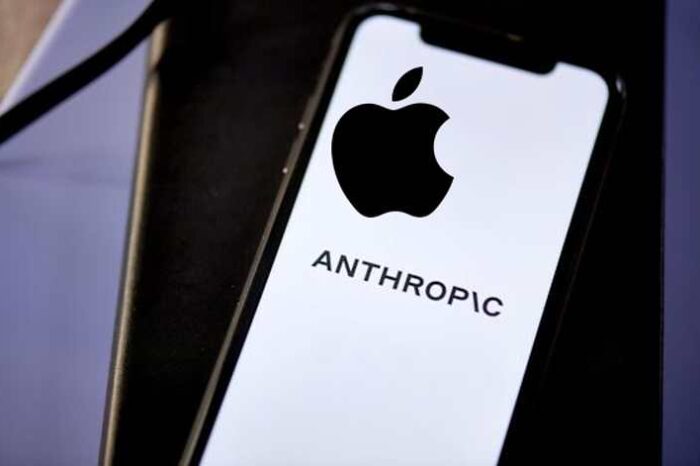Founders and indie hackers: Are potential buyers finding your products at every stage of their search journey?

Two months ago, a Reddit user shared a post titled, “Product Hunt is dead. My launch was a complete disaster (0 conversions). The Redditor claimed to have gotten some upvotes and a few comments, ‘but literally ZERO conversions.’ They’re not alone. So, is launching on Product Hunt truly dead?
Most product launches flop not because the product is bad, but because the right people never see it. And that’s because many founders are focused on launching to other builders instead of marketing to actual customers.
Sure, Product Hunt, Indie Hackers, and Twitter (now X) can give you exposure, but mostly to other makers. That’s useful for feedback, early buzz, and maybe investor visibility, but it’s not how most buyers discover products. Your real customers aren’t refreshing Product Hunt. They’re Googling problems, reading blog posts, watching YouTube tutorials, and asking questions on Reddit.
As one founder put it:
“We managed to get over +500 beta testers by doing inbound marketing on LinkedIn… Reddit can also be a source of users, but you have to play by the platform’s rules… We’re now focusing on content creators to gain reach. The feedback is very positive if you target them well.”
So if you’re only planning to launch, you’re playing a short game.
Let’s talk about how to win the long game.
The Core Shift: From Launch Hype to Intent-Based Discovery
The biggest mistake early-stage founders make is believing that visibility equals viability. But blasting your product on Product Hunt or in founder communities—without knowing who you’re targeting—often amounts to shouting into the void.
In some ways, launching on these platforms is like founders and indie makers pitching their products to each other—inside an echo chamber—rather than reaching the real buyers who actually need the product. Product Hunt, Indie Hackers, and X can be useful amplifiers, but they’re not a substitute for aligning your messaging and visibility with your true target customers.
Before you can align with your buyers’ search intent, you first need to understand who they are. Who are the people you’re building for? What problems are they trying to solve? Where do they hang out online? And how do they search for solutions?
Without this clarity, you’re not marketing—you’re guessing. And in today’s saturated market, guesswork is a luxury most startups can’t afford.
That’s why the smarter question isn’t:
“Where should I launch?”
But rather:
“How can buyers find my product—no matter where they are in their search journey?”
This single shift in thinking reframes your entire go-to-market strategy. You move from chasing visibility to creating targeted discoverability.
Instead of asking, “Where should I launch?” the smarter question is:
“How can buyers find my product—no matter where they are in their search journey?”
This single shift in thinking reframes your entire go-to-market strategy. You move from shouting into the void to showing up when it actually matters.
Who Are Your Buyers—and Where Do They Hang Out?
To effectively align with your buyers’ search journey, start by figuring out who your ideal customers are, what they care about, where they spend their time online, and how they search for solutions. This understanding becomes the foundation for building meaningful touchpoints across every stage of the journey.
Let’s explore a few example personas to illustrate how this plays out in real life:
Here are a few simplified examples:
Persona 1: The C-Level Executive: The C-Level Executive
- Pain Point: Needs enterprise-grade analytics or automation
- Search Behavior: Prefers expert-led content and peer recommendations
- Where They Hang Out:
- LinkedIn (industry insights, thought leadership)
- X (Twitter) for following vertical experts
- Podcasts or webinars featuring peers
- Discovery Strategy:
- Publish on LinkedIn
- Get featured in trusted B2B newsletters
- Sponsor executive podcasts or high-trust review platforms
Persona 2: The Solo Maker or Indie Hacker: The Solo Maker or Indie Hacker
- Pain Point: Needs affordable, no-friction tools to move fast
- Search Behavior: Googles obsessively, reads Reddit, and indie blogs
- Where They Hang Out:
- Product Hunt, Hacker News
- Indie Hackers, Reddit (r/Entrepreneur, r/SaaS)
- YouTube reviews and walkthroughs
- Discovery Strategy:
- Be on comparison lists and “Best Tools for X” posts
- Publish how-to SEO content
- Leverage user-generated reviews
Persona 3: The Educator or Coach: The Educator or Coach
- Pain Point: Wants to scale delivery, automate, or digitize offerings
- Search Behavior: Searches for “best tools for…” and scans blogs, YouTube
- Where They Hang Out:
- Facebook groups, niche forums
- YouTube channels, email newsletters
- Discovery Strategy:
- Get covered in relevant content roundups
- Build SEO for specific pain points (e.g., “automate student intake form”)
- Partner with micro-influencers in their domain
These personas are just examples. The real power lies in identifying your specific buyer’s mindset, search behavior, and digital habitat—then showing up there with intent-aligned content.
That’s exactly what we’ll unpack in the next section—how buyers progress through their journey and how you can meet them at each stage with the right content and presence.
The Real Customer Journey (vs. Product Hunt Launch Hype)

1. Informational Stage – “I’m trying to understand the problem.”
Buyer intent: Searching for solutions, but not products yet.
Where buyers are:
- Google (long-tail searches)
- Reddit and Quora
- YouTube tutorials
- Blog posts and articles
Your goal: Show up as a helpful expert and build trust.
Tactics:
- SEO blog content answering specific pain points
- Thoughtful answers on Reddit or forums
- How-to YouTube videos that lightly reference your tool
- Free tools, templates, or checklists to build trust
Insight: According to Salsify, 66% of shoppers begin their product discovery journey on search engines like Google or Bing.
2. Commercial Stage – “I’m comparing my options.”
Buyer intent: Aware of the problem, evaluating solutions.
Where buyers are:
- Search engines (“best X tools” queries)
- Product review sites (G2, AppSumo.com)
- YouTube comparisons
- Influencer or newsletter roundups
Your goal: Be on the shortlist.
Tactics:
- Create your own comparison pages (“YourTool vs Competitor”)
- Get listed in tool roundups and directories
- Offer affiliates or reviewers early access
- Collaborate with niche influencers
Insight: Research from Omnia Retail indicates that 42% of consumers start their product searches on search engines, while 56% begin on Amazon.
3. Transactional Stage – “I’m ready to buy.”
Buyer intent: Actively looking to sign up or purchase.
Where buyers are:
- Product landing pages
- High-intent search results
- Retargeting funnels
- Pricing pages and testimonials
Your goal: Convert.
Tactics:
- Clear CTAs, optimized landing pages
- Google Ads targeting buy keywords
- Testimonials and case studies
- Remove all friction from onboarding
Insight: According to Qualtrics, retention and advocacy are critical stages that follow the purchase.
Bonus: Why Navigational Search Comes Last
If someone is Googling your tool by name, you’ve already won. But that only happens if you show up during their informational, commercial, or transactional phase.
If you’re only visible when people already know your name, you’re already too late for most buyers.
Buyer Intent Table – Summary View
| Stage | Buyer Goal | Discovery Channel | Your Strategy |
|---|---|---|---|
| Informational | Learn & explore | SEO, YouTube, Reddit, Quora | Be educational & visible |
| Commercial | Compare & shortlist | Listicles, review sites, and directories | Be present & persuasive |
| Transactional | Act & convert | Ads, landing pages, CTAs | Reduce friction, boost trust |
Final Thought: Build a Discovery Engine, Not a Launch Event
Product Hunt can give you a spike. Being discoverable across the full search journey gives you a system.
Buyers are already on their journey. The question is:
Are you showing up when they actually need you?
🚀 Want Your Story Featured?
Get in front of thousands of founders, investors, PE firms, tech executives, decision makers, and tech readers by submitting your story to TechStartups.com.
Get Featured



